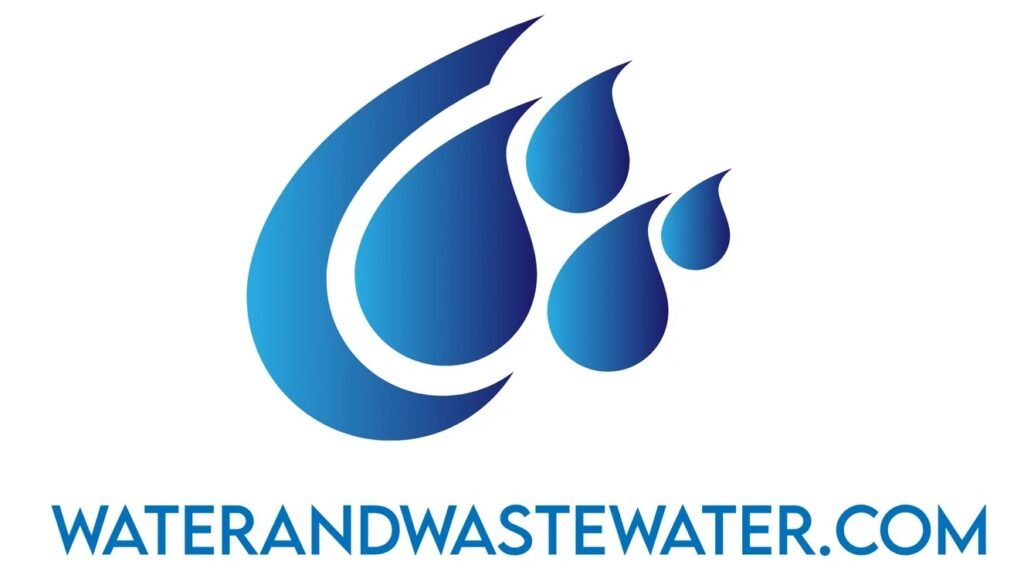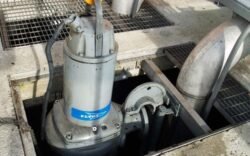
Chemical Dosing Equipment

Understanding Chemical Dosing Equipment: Functionality, Applications, and Importance
Introduction
In modern industrial processes, precise measurement and application of chemicals are critical for ensuring safety, efficiency, and environmental compliance. One of the indispensable tools in achieving this precision is chemical dosing equipment. This article explores the vast world of chemical dosing equipment, providing an in-depth understanding of what it is, how it works, where it is used, and why it is so essential in various industries.
What is Chemical Dosing Equipment?
Chemical dosing equipment refers to the tools and machineries used to dispense a specific amount of chemical substances into a system or process. The purpose of this equipment is to ensure that the correct amount of a chemical is added, minimizing waste and maximizing effectiveness.
Types of Chemical Dosing Equipment
-
- Pumps: These are the heart of any dosing system, delivering the chemical from a storage container to the application point. Types include peristaltic pumps, diaphragm pumps, and piston pumps.
-
- Controllers: These devices regulate dosing operations by controlling factors like flow rate, timing, and concentration.
-
- Tanks and Containers: Specialized tanks are used for storing chemicals, often made from materials resistant to corrosion.
-
- Piping and Fittings: These are crucial for transferring chemicals from storage to application areas.
-
- Flow Meters: These devices measure the flow rate to ensure accurate dosing.
-
- Sensors and Probes: Used to monitor variables like pH, temperature, and chemical concentration.
Working Principle
The working principle of chemical dosing equipment is relatively simple. It involves extracting a chemical from a storage container and injecting it at a controlled rate into a target medium. The basic steps include:
-
- Preparation: Calibrating the equipment based on the desired concentration and flow rates.
-
- Delivery: The pump or injector pushes the chemical through the piping system.
-
- Monitoring: Sensors and probes keep track of chemical levels, allowing adjustments as necessary.
Importance of Chemical Dosing Equipment
Precision and Control
One of the primary benefits of using chemical dosing equipment is the ability to achieve precise control over chemical usage. This precision is crucial in industries like water treatment and pharmaceuticals, where incorrect dosages can have serious repercussions.
Safety
Proper dosing systems reduce the risk of over or under-dosing, both of which can cause safety issues. By automating the chemical dispensing process, risks associated with human error are minimized.
Cost Efficiency
By ensuring the correct amount of chemical is used, these systems help in reducing wasted materials, which translates into significant cost savings. Over time, this efficiency contributes to the overall profitability of industrial operations.
Environmental Compliance
Many industries face strict environmental regulations, especially concerning chemical usage and waste discharge. Chemical dosing equipment plays a vital role in helping companies adhere to these standards by ensuring accurate dosing and minimizing chemical waste.
Applications of Chemical Dosing Equipment
Chemical dosing equipment is used across various industries, each requiring a unique set of applications.
Water Treatment
In water treatment plants, precise dosing of chemicals like chlorine, fluoride, and coagulants is essential for purifying water. Chemical dosing systems ensure that these chemicals are applied at optimal levels to achieve safe drinking water without causing harm.
Agriculture
Fertilizers, pesticides, and herbicides need to be applied in exact doses to maximize crop yield while minimizing environmental impact. Automated dosing systems are commonly used in modern agricultural practices for this purpose.
Food and Beverage
In the food and beverage industry, maintaining quality and safety is paramount. Dosing systems are used to add preservatives, flavorings, and other additives accurately.
Pharmaceuticals
The pharmaceutical industry relies heavily on chemical dosing equipment to ensure accurate formulation of drugs. Precise chemical dosing is critical for the efficacy and safety of medications.
Industrial Manufacturing
From textile production to chemical manufacturing, precise dosing of chemicals is required to optimize processes and enhance product quality.
Swimming Pool Maintenance
In recreational facilities, maintaining the right chemical balance in swimming pool water is vital for ensuring safety and comfort. Dosing systems help maintain optimal pH and chlorine levels.
Components of Chemical Dosing Systems
Chemical dosing systems comprise various components, each playing a crucial role in the system’s overall functionality.
Chemical Storage Tanks
These are designed to hold the chemical to be dosed. Made from materials like polyethylene or stainless steel, they are built to resist corrosion and chemical reactions.
Pump Systems
The type of pump used depends on factors like the chemical’s viscosity, the required dosing precision, and the system’s pressure. Diaphragm pumps, for example, are excellent for precise dosing, while peristaltic pumps are ideal for corrosive substances.
Dosing Lines and Piping
These are conduits for transferring chemicals from the storage tank to the application point. Materials used for piping must resist the chemical being used to prevent corrosion and contamination.
Control Instruments
Control instruments play a critical role in adjusting flow rates and ensuring system reliability. Programmable logic controllers (PLCs) are commonly used to automate dosing operations.
Safety Devices
Safety devices include pressure relief valves and leakage sensors, essential for detecting system malfunctions and preventing chemical spills.
Design and Installation Considerations
Chemical Compatibility
All components of a dosing system must be compatible with the chemicals they will handle. Incompatible materials can lead to equipment failure and safety hazards.
Flow Rate and Pressure Requirements
The dosing system must be designed to handle the required flow rate and pressure. This ensures that the right amount of chemical is delivered consistently.
System Calibration
Regular calibration of the dosing system is necessary to maintain accuracy. This involves adjusting the system settings to align with the desired dosing parameters.
Maintenance
Proper maintenance is crucial for ensuring long-term reliability and safety of chemical dosing systems. This includes routine inspections, cleaning, and replacing worn-out parts.
Challenges in Chemical Dosing
Viscosity and Density Variations
Changes in chemical viscosity and density can affect dosing accuracy. Systems must be adaptable to compensate for these variations.
Clogging
Pipes and pumps can become clogged with certain chemicals, requiring regular maintenance to prevent disruptions.
Equipment Corrosion
Chemical exposure can cause corrosion over time. Using materials that resist chemical interactions is vital to extending the life of the equipment.
Integration with Existing Systems
In many cases, dosing equipment must be integrated with existing systems, which can be challenging if compatibility issues arise.
Future Trends in Chemical Dosing Equipment
The chemical dosing industry is evolving with the advent of new technologies and increased emphasis on sustainability.
Automation and Smart Systems
There is a growing trend towards automating dosing systems to enhance precision and reduce labor costs. Smart systems equipped with AI and machine learning algorithms can predict dosing needs and detect anomalies in real time.
Sustainability and Eco-Friendly Solutions
As environmental concerns take center stage, there’s an increasing focus on developing eco-friendly dosing systems that minimize chemical waste and energy consumption.
Improved Materials and Designs
Research into more robust materials and innovative designs is ongoing, aimed at improving the durability and efficiency of dosing systems.
Conclusion
Chemical dosing equipment plays a vital role in a wide range of industries, ensuring precision, safety, and cost-efficiency in chemical application processes. As technology advances and environmental regulations become more stringent, the demand for more reliable and environmentally friendly dosing systems will continue to rise. Understanding the components, functionality, and importance of chemical dosing equipment is essential for any industry professional looking to optimize their processes or ensure compliance with industry standards. The future of chemical dosing promises even greater precision and integration with smart technologies, paving the way for more innovative and sustainable industrial practices.

